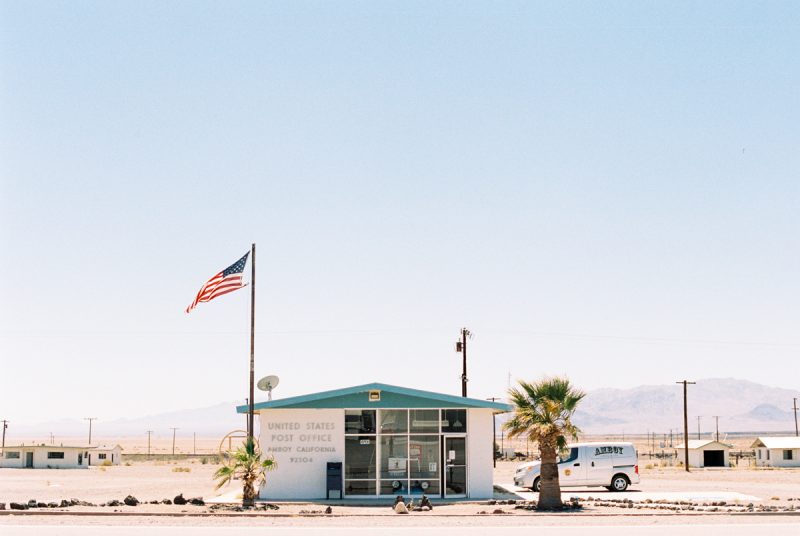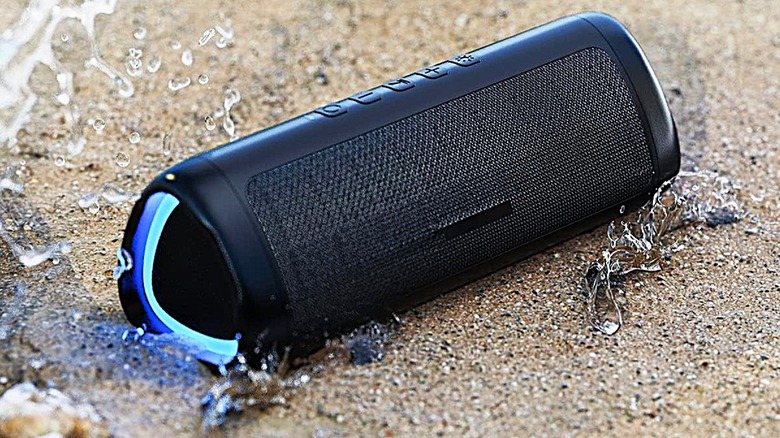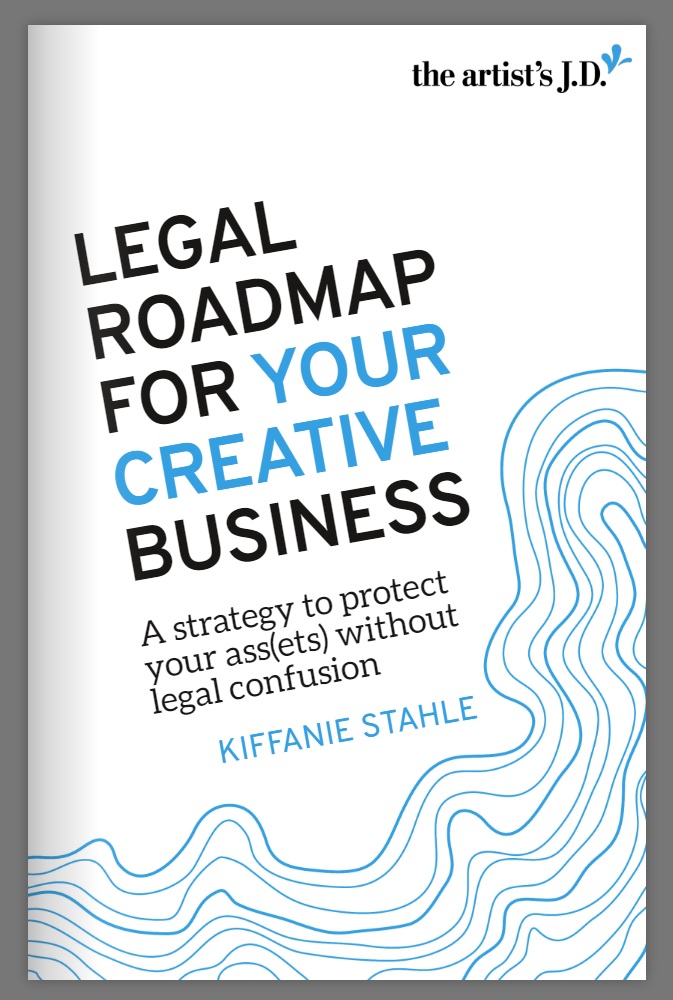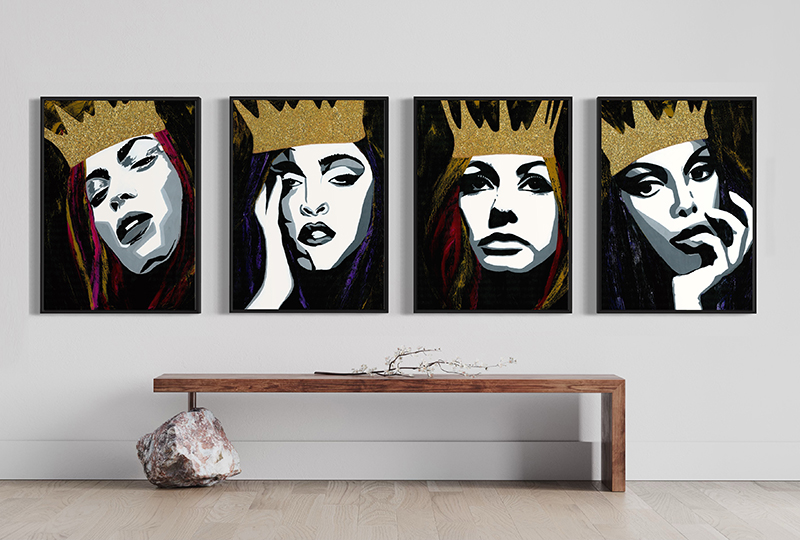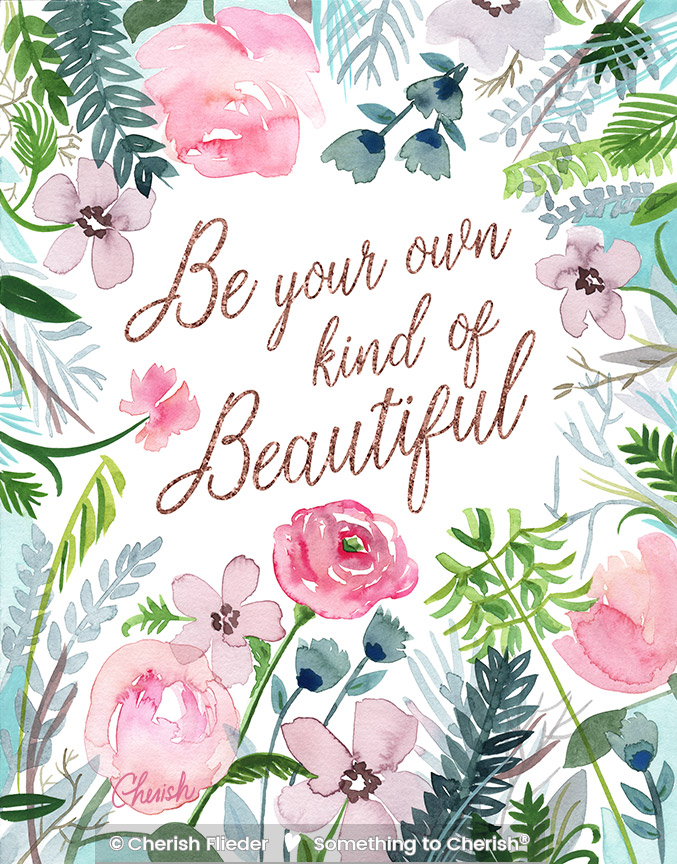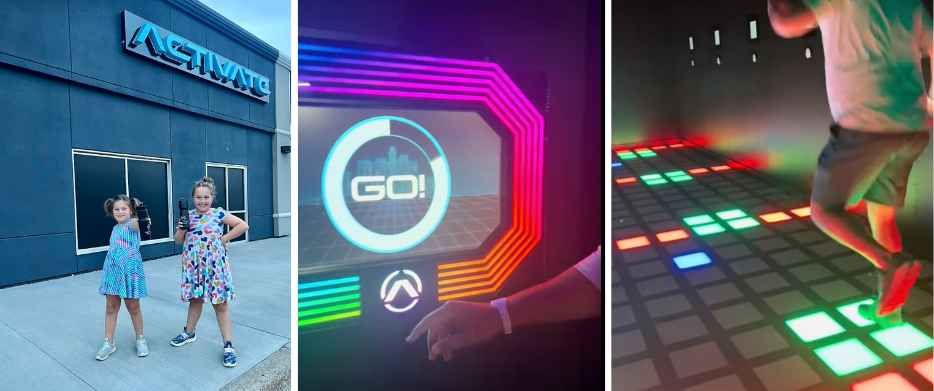So many artists are living paycheck-to-paycheck in the most extreme sense. Sometimes it means they are never getting to go all-in, full-time in the first place. For a long time, this type of starving artist archetype was prolific. Thankfully,...
So many artists are living paycheck-to-paycheck in the most extreme sense. Sometimes it means they are never getting to go all-in, full-time in the first place. For a long time, this type of starving artist archetype was prolific.
Thankfully, over the last few years, a growing number of artists and authors have started to poke holes in this type of thinking, and we�ve begun to shift our collective mindset.
But while there are lots of conversations about how to aim higher than the starving artist status, there is comparatively little about how to actually achieve this in the real world.
Past the long shot of being discovered, how do you actually break the cycle?
Going from Just-Getting-By to an Established Professional
For starters, it�s a tricky transition going from someone just getting by to an established professional. Some people never manage to make the transition at all.
If you still want to be doing your work years from now and you�re tired of always feeling like you�re hustling for the next client or the next commission just to stay afloat, then this is for you.
Before we dive into the how-tos, I think it pays to understand a little about how and why people get stuck in the first place.
There are a couple common snags that keep good artists stuck. The first is the myth of the muse. If you think that inspiration has to be present before you can do your work, you�re not a professional yet.
Don�t get me wrong. Having ideas is good. But what matters is sitting down and doing the work. Check out The Practice by Seth Godin for more on this.
Another common reason people get stuck is fear.
Fear might be masquerading as excuses, or stalling, or second-guessing. It makes us do crazy things, preventing us from thinking clearly. Fear makes it seem like scrambling for what�s right in front of you is the only option.
Shift Your Horizon Line
The good news is that you don�t have to get your fear under control before you start.
Just make a habit of shifting your horizon line further out in front of you. It�s more than this week and this month. Where do you want to be a year from now? Three years from now?
Now backtrack your steps. If you want to be there in a year, what do you need to be doing six months from now? A month from now? This week? And then do that thing.
If you aren�t in the habit of thinking this way, maybe you start by setting annual goals and revisiting them once every three months. This is a transformative practice. Professional growth starts with personal growth.
Build a Community
Now that we�ve covered some common reasons why we get stuck, we can turn our attention to what frees us from the hustle.
There are lots of tools we can use (and we�ll talk about those later in this blog), but it all comes down to one thing. Building a community.
If you can build a passionate community of fans, of people who support you and share your work, and are excited to see what you do next, that�s when you enter an entirely new phase. This is what frees you from always chasing the immediate.
Building a community involves doing things today that may not yield results for a long time, years in some cases. It truly is a long game. You�re laying the foundation for clients, commissions and work that�s coming down the road. You do that by connecting with people and building relationships.
To effectively build a passionate community you need two things: consistency and personality.
Learn to Be Consistent
Let�s start with consistency.
Consistency is not the same as frequency. There is a lot of advice that tells you to do more. Post more often. Post on more platforms.
In my experience, this leads to overwhelm and adds to that always-behind feeling. More often than not, the quality of content you�re putting out suffers because of it. You�re putting out a lot, sure, but it�s not very good.
Volume is a good strategy for larger operations, when you have a team and dollars to devote to it. But when you�re small or when it�s just you, trying to keep up is a recipe for failure and burnout.
So, instead of trying to play their game, play to your strengths. Learn to lean into what makes you different.
When you choose platforms and content that you like to do and are able to do, this sets you up to be consistent. For example, don�t start a YouTube channel if you hate being on camera. No matter how profitable someone says it will be.
Next, set a schedule � not an overly ambitious one � and stick to it. Do less, but do it better. Let go of things that are dragging you down. Be brutally realistic with yourself.
What is a schedule you can stick to for years?
Let Your Personality Shine
The next question is what do you post? How do you connect with people? What do you say?
This brings us to the second half of community-building: personality.
When artists are holding back from putting themselves out there, from building an audience, from marketing their work, it�s almost always because they dread feeling salesy.
But that�s why personality is the secret sauce. It transforms something sleazy into something genuine. It�s about inviting people into your story, not tricking them into buying something.
And I get it, when you�re the one doing everything � making the art and doing the marketing, social media, billing, and bookkeeping � it�s understandable that you�re looking for less important pieces to offload.
But this outreach piece, this community building, is not something you want to offload. The best thing you bring to the table is your personality. Your interests, your quirks, your unique point of view. These are the things that are going to help you stand out in a noisy, crowded marketplace.
Lukewarm content is going to get lost. No one cares about your work like you do, understands it like you do. It�s highly likely that your nuance and care get lost when someone else is churning out content for you.
Another way to inadvertently zap out the personality is by copying what�s already out there.
The goal is to create a joyful little corner of the internet for you and people like you. If it already exists, why would they come to you?
So look for inspiration from what others are doing, but avoid blatant imitation. It�s a blueprint, not a checklist.
The magic happens when you take an idea and make it yours.
You�re More Interesting than You Think
Learn to see what you�re doing with fresh eyes. Turn to the people in your life and the followers you already have for insight too.
Your process may be banal to you, but it�s often interesting to others. Don�t you love getting a glimpse behind the scenes as another artist creates?
So, get outside yourself and see your work � and what you�re posting � from your audience�s point of view. Start by paying attention and taking notes. What creators do you follow? What do you love seeing from them? Who is your favorite person, on any platform, to follow? Why?
Then turn to your own process. How do you find inspiration? Do you read? If so, what books? Where do you go for inspiration? Outside? A Museum? YouTube? Again, what channels? These are all good starting points for finding ways to offer value.
Give your audience something they want to see, and give them a reason to care about what you�re doing. Remember, it�s relationship building. You�re not just consuming from your audience, only reaching out when you want a sale. It�s mutual.
What do people know about the type of art you�re creating? What do they not know?
If you�re in ceramics, show people all the steps from shaping the clay to glazing, firing, and even shipping. If you�re a painter, what kind of paint do you use? How do you choose colors? What happens when you don�t like a painting? How do you prep the canvas? How long does it take to complete a painting?
Always look for ways to be unexpectedly generous. Maybe you pull back the curtain and share time-lapses of your creative process. Or tell people where you buy supplies. Give out some tips and tricks. Help people on their journey and they�ll help you on yours.
Share your struggles (within healthy reason) and your successes.
What do you do to help your mindset? Do you meditate? Have a therapist? What do you do when you feel stuck? What do your days look like? Did you just sell a piece of art or have a new opportunity?
Share your artist�s journey for other artists as well as those who appreciate the work you�re doing.
Where to Connect with Your Audience
Hopefully the ideas are flowing now. But where are you sharing them?
Social media is a go-to tool for reaching people. Algorithms can be tricky, but it�s also a free platform for sharing what you�re doing.
If you have a platform you like using, like Instagram, keep using it. If you haven�t already, go check out Charlie Mackesy on Instagram. He�s a great example of being genuine and generous online, plus he also gives you insights into how he creates.
But even when done flawlessly, social media shouldn�t be your whole strategy. These platforms own your audiences, not you. If Instagram would be gone tomorrow, how would you reach your community?
It�s old school, but look to create your own email list.
That way no matter what platforms come and go, you can reach your people. And keep the same concepts in mind. Look for ways to add joy and value to people�s lives. Be genuine.
Let�s say you have a gallery show coming up or new artwork is going to hit your site soon. Use your email list to talk about it � ask for support, even for a sale. A good rule of thumb is to send 3-4 emails to simply connect and add value for every email asking for a sale.
Patreon is another great resource for building a community of patrons in the online world. Again, the same principles apply. Look for ways to add value.
Be generous. Be consistent. Give people behind-the-scenes access to your creative process. Make it a relationship. These are the sorts of things that help you stand out and build the type of online community you can feel good about.
If you�re a filmmaker, consider creating original content for YouTube. If you are a talented writer, publish on your own website. Use that gift to write thoughtful emails too.
In short, find what works for you and commit to it. There is no one right way to build an online community. The goal is to leverage this brainstorming to spark an idea that works for you.
I don�t want to hand you a recipe. I want to show you how to be a chef and then watch what you create. To do anything else would be to destroy the personality and humanity that only you can bring to the table.
Trust the Process
I hope you feel excited about building your own passionate community. Maybe you even feel encouraged that this hustle culture, always-behind feeling doesn�t have to be forever.
As you start this new chapter, just remember to trust the process.
Do the work in the right way, and the outcome will take care of itself. Building this community is how you break the cycle of chasing the immediate. It�s how you make space (in your head and your schedule) for your best work.
And it�s also how you earn raving fans.
You don�t need a lot of them to thrive. It�s quality over quantity. Genuine over salesy. So use time to your advantage. Start now because there�s no shortcut to years of content and community building.
Your future self thanks you.
About the Guest:
 Joella Marie is the founder of Creative Voices. She is an artist by nature who felt the pressure to �get serious� and opted to attend business school. A few years after college, she left marketing to make a career as a fine art film photographer before eventually finding a way to lovingly combine the two. Today, she is devoted to helping art entrepreneurs creatively brand and market their work without feeling sleazy or salesy. And ultimately she believes in the power of meaningful work to help us all feel more engaged in our lives, which is why she created a free mini-class. And yes, she still photographs.
Joella Marie is the founder of Creative Voices. She is an artist by nature who felt the pressure to �get serious� and opted to attend business school. A few years after college, she left marketing to make a career as a fine art film photographer before eventually finding a way to lovingly combine the two. Today, she is devoted to helping art entrepreneurs creatively brand and market their work without feeling sleazy or salesy. And ultimately she believes in the power of meaningful work to help us all feel more engaged in our lives, which is why she created a free mini-class. And yes, she still photographs.
The post How to Break the Cycle of Always Chasing the Next Sale appeared first on How to Sell Art Online | Online Marketing for Artists.




